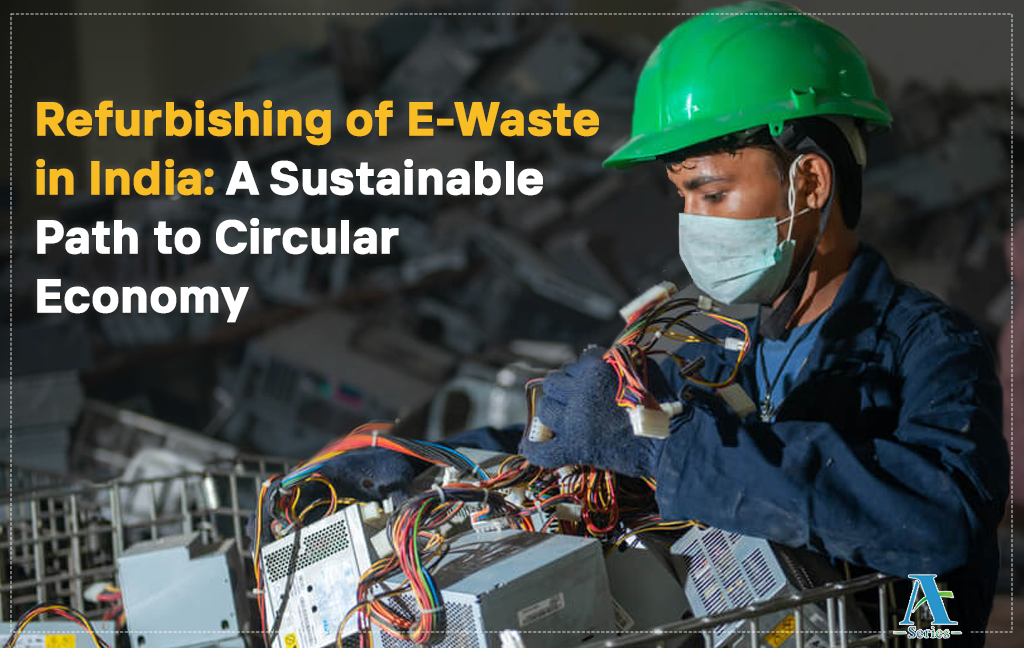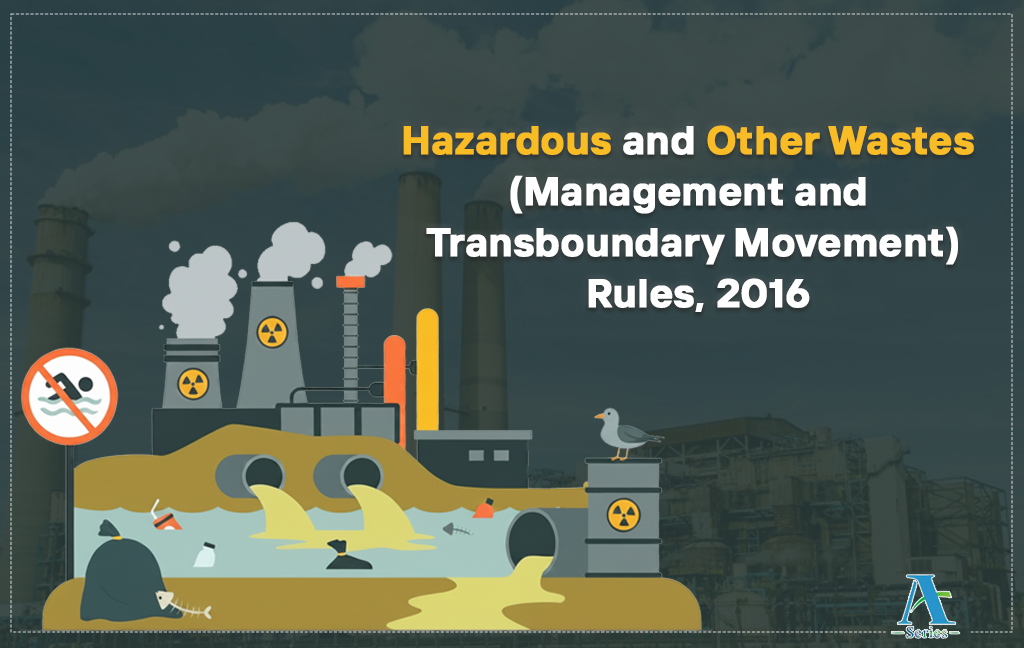E-Waste Recycling for Precious Metals: Techniques, Benefits, and Challenges

E-waste, or electronic waste, includes discarded electronic devices such as mobile phones, computers, TVs, and circuit boards. As technology evolves rapidly, millions of tons of e-waste are generated annually.
What most people don’t realize is that e-waste is a hidden goldmine it contains precious metals like gold, silver, palladium, and platinum, which can be recovered and reused. In fact, urban mining of e-waste is often more resource-efficient than conventional mining of ores.
However, recovering these metals is complex and requires a combination of advanced technologies and environmental safeguards.
Precious Metals Found in E-Waste
Electronic waste contains several precious metals of high economic and industrial value, which make recovery both lucrative and environmentally important. The most significant ones include:
- Gold (Au): Widely used in printed circuit boards, connectors, and electrical contacts due to its excellent conductivity and corrosion resistance. Although used in small quantities, its high value makes gold one of the most sought-after metals in e-waste recovery.
- Silver (Ag): Found in switches, solder joints, and batteries. Silver has high electrical and thermal conductivity, making it indispensable in electronics. Despite being less expensive than gold, it is often present in larger quantities, contributing significantly to recovery value.
- Palladium (Pd): Commonly used in multilayer ceramic chips and capacitors, palladium acts as an important catalyst metal. It commands a high market price and is one of the key metals targeted in advanced recycling operations.
- Platinum (Pt): Found in hard drives, sensors, and specialized electronic components. Platinum is extremely valuable and used for its stability, conductivity, and resistance to oxidation, though present in small amounts.
In essence, e-waste represents a rich secondary source of precious metals, often referred to as “urban ore.” Remarkably, one ton of e-waste can yield up to 300 grams of gold, compared to only 5 grams of gold from one ton of mined ore, highlighting the enormous recovery potential contained within discarded electronics.
Methods of Precious Metal Recovery from E-Waste
Recovering precious metals involves multiple mechanical, chemical, and biological processes. Each step is designed to separate valuable fractions and purify metals efficiently.
- Mechanical Separation (Physical Preprocessing)
This is the first step in e-waste recycling and focuses on dismantling and separating different material streams.
Steps Involved:
- Manual Dismantling:
Workers manually separate circuit boards, wires, batteries, and plastic casings. - Shredding and Crushing:
The separated e-waste is shredded into smaller fragments to facilitate separation. - Magnetic Separation:
Magnets remove ferrous materials like iron and steel. - Eddy Current Separation:
Used to extract non-ferrous metals such as aluminium and copper. - Density and Air Classification:
Lightweight plastic particles are separated from heavier metal-rich fractions.
Pros:
- Low cost and eco-friendly.
- Essential for pre-treatment before chemical processes.
Cons:
- Cannot recover precious metals in pure form.
- Produces mixed metal powders that need further treatment.
- Pyrometallurgical Processing (Thermal Recovery)
Pyrometallurgy uses high temperatures to melt and separate metals from e-waste.
Steps Involved:
- Incineration / Smelting:
Circuit boards are fed into furnaces (>1200°C) where plastics burn off and metals melt. - Separation by Density:
Heavier metals like copper, gold, and silver settle at the bottom, while lighter materials float. - Refining:
Molten metal mixtures are refined to isolate individual metals.
Pros:
- High metal recovery efficiency (especially for gold and copper).
- Well-established industrial process.
Cons:
- Energy-intensive and expensive.
- Emits toxic gases and requires strict air pollution controls.
- Not suitable for small-scale recyclers.
Example:
Copper smelting facilities in Japan and Europe often use pyrometallurgy to extract gold, silver, and palladium from printed circuit boards as part of copper refining.
- Hydrometallurgical Processing (Chemical Leaching)
Hydrometallurgy uses aqueous chemical solutions to dissolve and extract specific metals. It is often performed after mechanical preprocessing.
Steps Involved:
- Leaching:
The shredded e-waste is treated with chemicals like aqua regia (HCl + HNO?), cyanide, or thiourea to dissolve metals selectively. - Gold dissolves in aqua regia forming chloroauric acid.
- Silver can be leached using nitric acid.
- Copper can be removed using ammonia or sulfuric acid.
- Precipitation / Cementation:
Metals are recovered by adding reducing agents or other metals (e.g., zinc or iron) to precipitate them from solution. - Electrowinning / Electrorefining:
Electric current is passed through the solution to deposit pure metals on electrodes.
Pros:
- High selectivity for individual metals.
- Operates at lower temperatures compared to pyrometallurgy.
- Easier to control chemical reactions.
Cons:
Uses toxic and corrosive chemicals requiring careful handling.
Generates liquid waste that must be neutralized.
Example:
Many modern recycling facilities use hydrometallurgical circuits for recovering gold and silver from mobile phone PCBs due to high recovery yields (>95%).
- Bioleaching (Bio metallurgy)
Bioleaching is a biological method that uses microorganisms to extract metals from e-waste. These microbes oxidize metal sulphides and release metals into solution.
Key Microorganisms Used:
- Acidithiobacillus ferrooxidans
- Leptospirillum ferrooxidans
- Thiobacillus thiooxidans
Steps Involved:
- Preparation:
E-waste is ground into fine particles and mixed with an acidic solution. - Bacterial Inoculation:
Specific bacteria are introduced to oxidize metal compounds. - Leaching:
Over days or weeks, metals dissolve into solution. - Metal Recovery:
The dissolved metals are recovered by precipitation or electrowinning.
Pros:
- Environmentally friendly (no toxic chemicals).
- Energy-efficient and sustainable.
Cons:
- Slow reaction rates (weeks to months).
- Requires controlled temperature and pH conditions.
- Limited to small-scale applications currently.
Example:
Research studies have shown successful bioleaching of gold and copper from printed circuit boards using Acidithiobacillus ferrooxidans, achieving up to 90% recovery efficiency.
Benefits of Recovering Precious Metals from E-Waste
- Conservation of Natural Resources – Reduces the need for destructive mining.
- Economic Value Creation – Converts waste into valuable raw materials.
- Environmental Protection – Prevents toxic leachate and soil contamination.
- Energy Efficiency – Recycling metals uses up to 85% less energy than mining.
- Circular Economy Alignment – Supports sustainable resource management and EPR compliance.
Key Challenges
- Lack of formal recycling infrastructure in many regions.
- Difficulty in collecting and segregating e-waste efficiently.
- Improper handling leading to environmental contamination.
- High capital cost of advanced recovery technologies.
- Need for stricter enforcement of E-Waste Management Rules.
The Way Forward
The focus must shift towards:
- Formalizing recycling units with advanced recovery technologies.
- Encouraging Extended Producer Responsibility (EPR) for manufacturers.
- Investing in R&D for sustainable bioleaching and hydrometallurgical methods.
- Ensuring compliance with E-Waste (Management) Rules, 2022.
Call to Action
At Aseries Envirotek India Pvt. Ltd., we provide end-to-end compliance solutions under the E-Waste Management Rules and EPR framework, helping manufacturers, importers, and recyclers operate sustainably.
From EPR registration to annual return filing,
From waste collection planning to environmental audits,
we ensure full legal and environmental compliance.
Partner with Aseries Envirotek India Pvt. Ltd. India’s leading environmental compliance execution company.
Stay Compliant. Operate Responsibly. Build a Sustainable Future.






